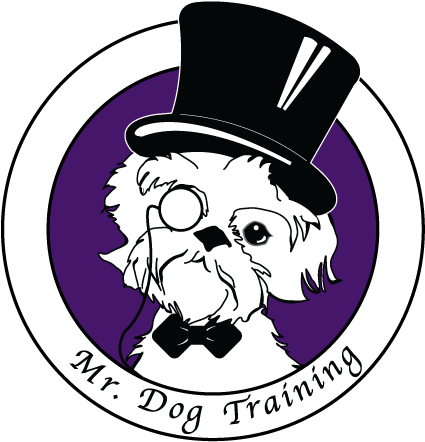Yes and No
If you are saying “no” to your dog more than you are saying “yes” to him, then more than likely you have both a management and communication problem, not a “dog problem”.
Most dog guardians are reactive rather than proactive when it comes to their pup’s behavior.
What does that mean? It means that they yell “NO” when their puppy pulls towards another dog or person on walks, say “QUIET” when their puppy barks at them for attention, screams “OFF” when their dog jumps up on them or a friendly stranger, or say “STOP” when dog is chewing their shoes.
They are REACTING to their dog's unwanted behavior rather than being PROACTIVE about teaching their dog what they want them to do.
The problem with being reactive, instead of being proactive, is that you are not telling your dog what you WANT them to do.
So what would you rather your dog do instead of pull towards other dogs and people on walks? Why not teach them that focusing on you “pays” more then pulling towards others and then ask for that focus and reinforce it with high value food when distractions are present?
If your dog is jumping up on everyone that he greets then why not teach him that sitting will get him more pets then jumping up will and then ask for and reinforce (with food!) that sit?
If your dog is barking for attention then why not recognize that your pup is bored and find ways of adding exercise and mental stimulation to his life by increasing leash walks and feeding his meals out of food dispensing toys?
Dog chewing your shoes? This is a good time to be proactive by managing your dog’s environment. Put your shoes in your closet with the door closed and be sure that you are providing him with plenty of appropriate chew toys that you want him to chew.
You wouldn’t give a toddler access to the cutlery in the kitchen and leave the outlets uncovered then yell “NO” when the child grabs a knife and proceeds to stick it in the electrical outlet, would you? NO! You would manage your toddler’s environment so that he does not have access to things he shouldn’t have until he is old enough to know why we don’t stick knives into electrical outlets.
Your dog is no different! It takes time for dogs to learn how we want them to behave in our home and what is dangerous and what is safe for them. So help them learn what those acceptable behaviors are and keep them safe from “bad” dog decisions.
Teach your dog with yeses, set them up for success, don’t put them into situations where they have an opportunity to make a “wrong” choice and watch how they thrive.
Be your dog's advocate, teacher, and protector one “YES” at a time.
Sara Sokol is owner of Mr. Dog Training in Maine; A positive reinforcement dog training facility, offering both virtual and in person classes, that has been voted best training in Maine for 8 years in a row.
